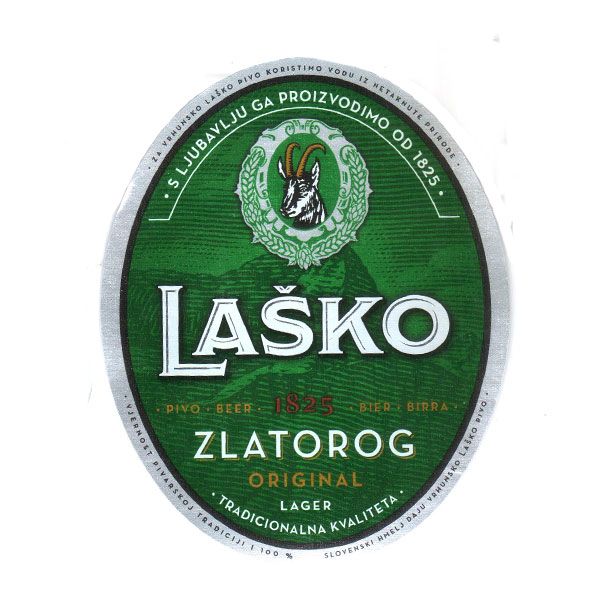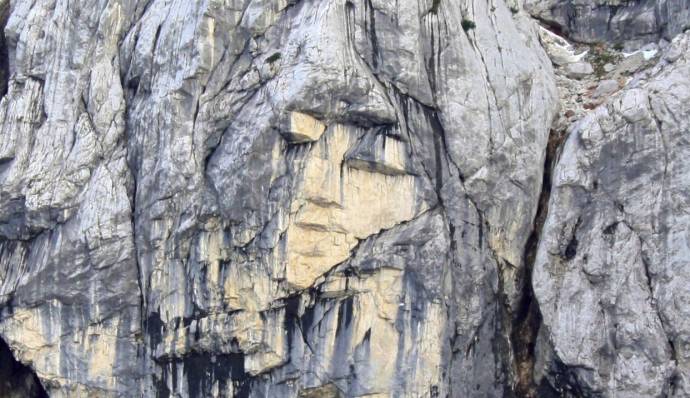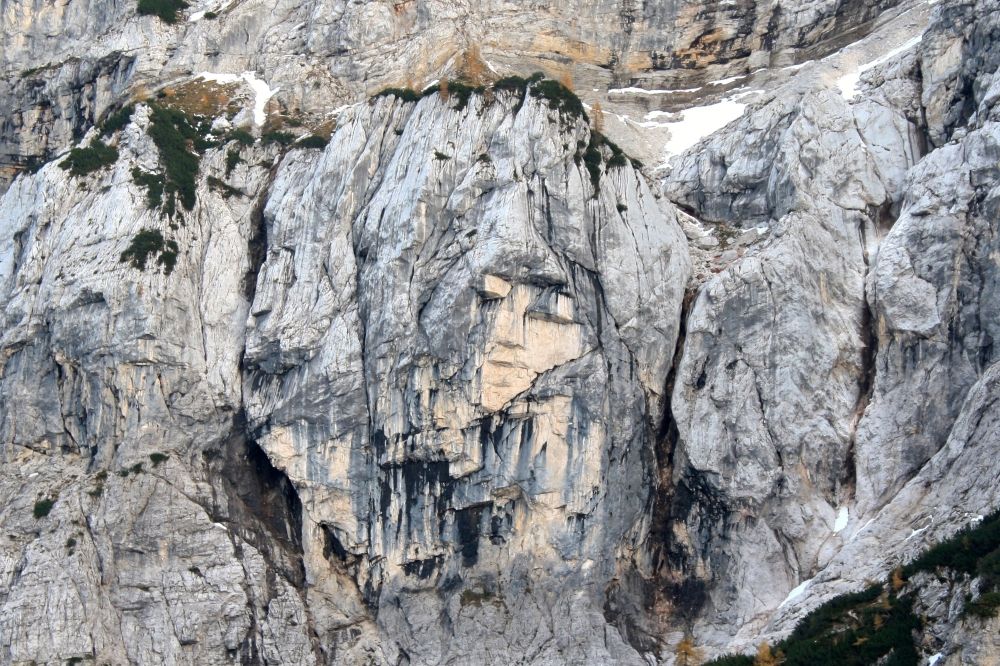August 13, 2018
If you happen to find yourself travelling over the Vršič Pass – which at 1,611 metres (the highest pass in the Julian Alps) and in the middle of some steep and twisty-turny roads is something you’re unlikely to do by accident – then consider stopping a while to catch a of view of the Ajdovska deklica, a natural rock formation on Mount Prisank (Prisojnik) that, from the right angle, looks like a girl’s face.
Wikimedia: Borut Kantuser CC-by-SA 3.0
The formation, often translated as the Heathen or Pagan Maiden, although the literal meaning of Ajdovska deklica is “buckwheat girl”, is associated with a legend of a nymph who, on sharing a prophecy that a child would kill an ibex, was turned to stone by other nymphs.
Here we take a slight detour to note that the ibex in question, called Golden Horn or Goldhorn, on account of its golden horns, is part of a well-known local legend, guarding treasure on Mount Triglav. The Slovenian name of this mythical creature, Zlatorog, still holds a central place in the nation’s culture, appearing, along with an image of an ibex, as part of the Laško logo. It’s also associated with the first Slovenian feature film, an account of an ascent of Triglav released in 1931 and called V kraljestvu Zlatoroga (In the Kingdom of the Goldhorn).

Now you know, if you didn't before
The best place to see the face is perhaps from Poštarski dom (Poštarska Hut, Vršiška cesta 92), although some good pictures have been taken from Erjavčeve koče (Erjaveč Lodge, Vršiška cesta 90), both of which are shown on the map below. Also shown is the Russian Chapel (Ruska kapelica), charming in its own right, but of special interest for what it marks as you travel Vršič Pass: the deaths of an estimated 10,000 or more Russian prisoners of war who died while building the road in 1916. Since it’s just around 20 km long, this represents around one death for every two metres.








